Follow my daily blog to keep up with the latest news in astronomy and space exploration. You can email me at skyguyinva@gmail.com.
It was wonderful to see all of the celebrations taking place and the plethora of items for sale to commemorate the 50th anniversary of Apollo 11.
T-shirts, coins, beer mugs, movies, stickers and Lego models of the Saturn-V and Lunar Excursion Module were everywhere on Facebook and Twitter. I myself bought one of the wonderful U.S. Mint silver coins and purchased “Apollo 11” the movie to commemorate the milestone anniversary. This will be added to many Apollo keepsakes I have acquired through the decades since.
The mission that was Apollo 11 ended 50 years ago July 24, 1969 at 12:44 p.m. EDT, with a successful splashdown in the Pacific Ocean.
The crew donned biological isolation garments to prevent possible contamination acquired while on the moon. They were transported to the aircraft carrier USS Hornet and went into a 21-day isolation period inside the Mobile Quarantine Facility — a converted Airstream travel trailer — that is on display at the National Air and Space Museum Udvar Hazy Center.
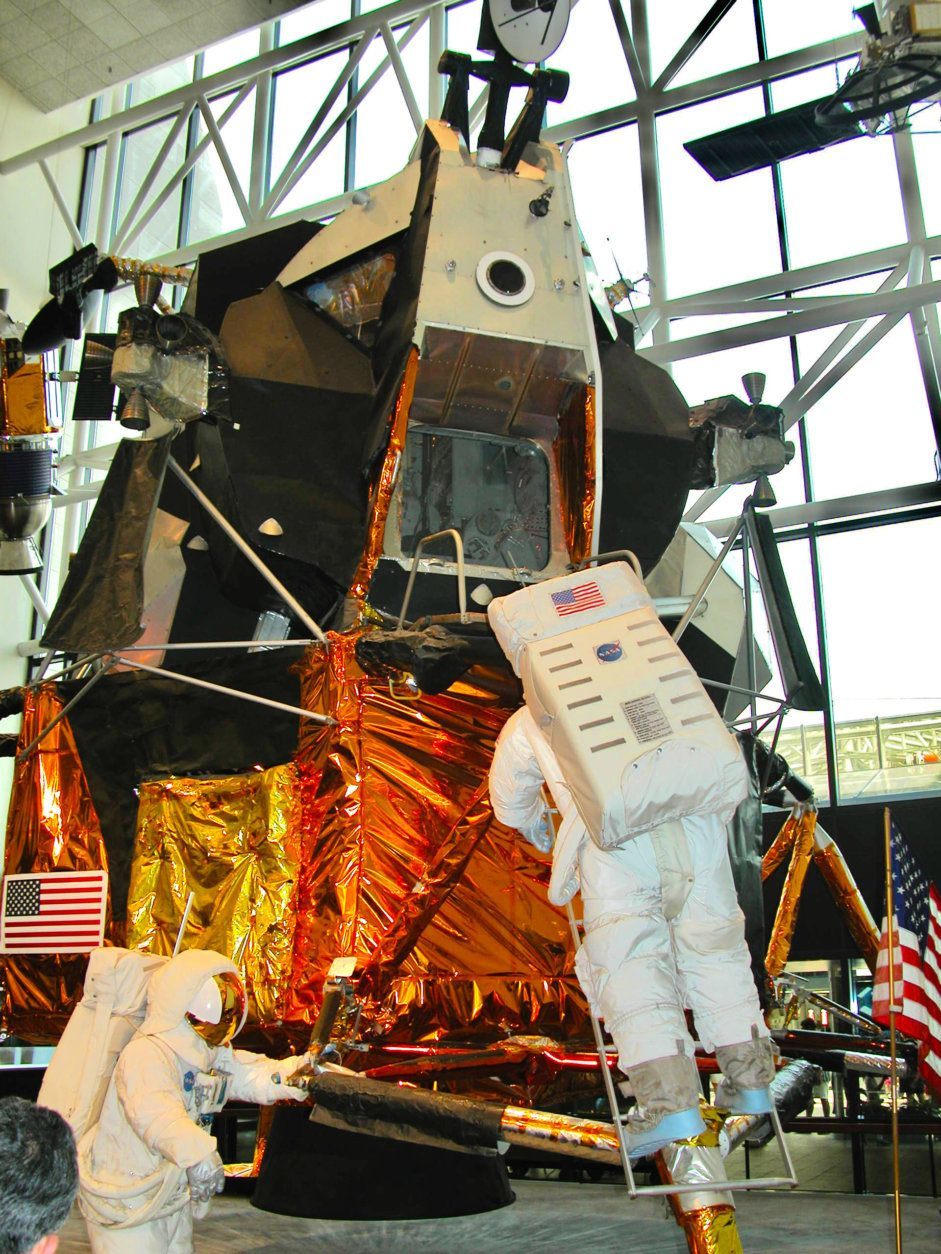
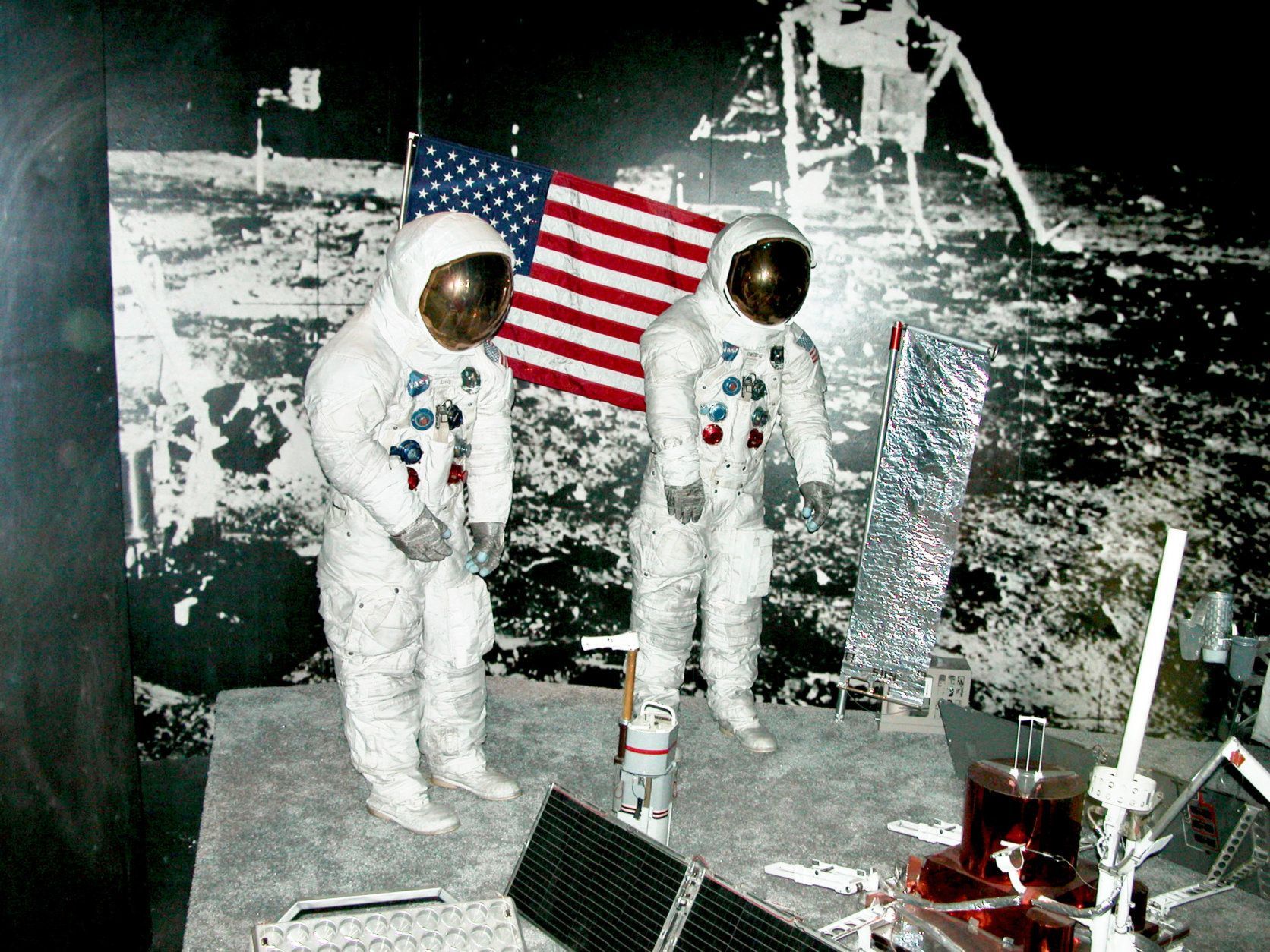
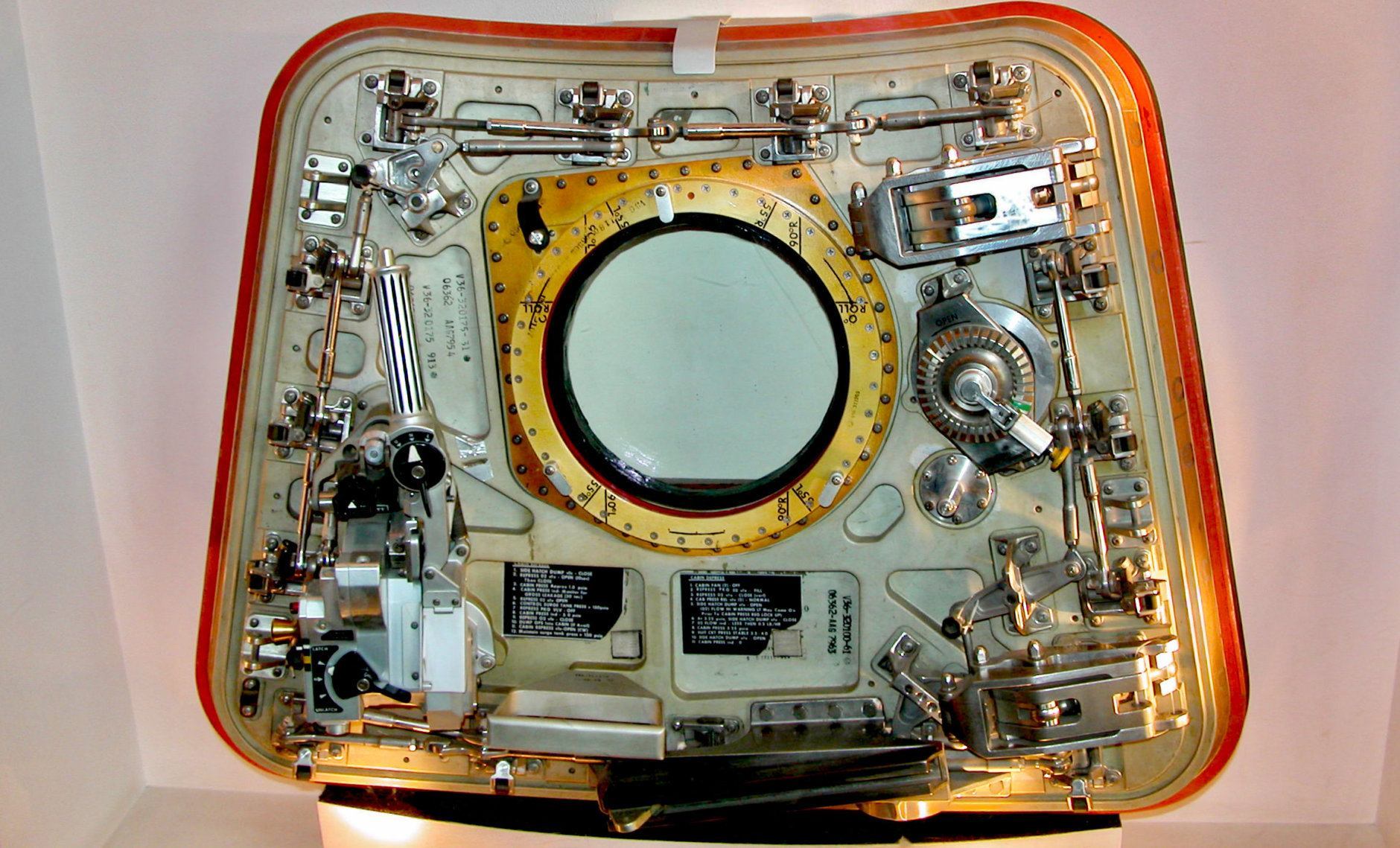
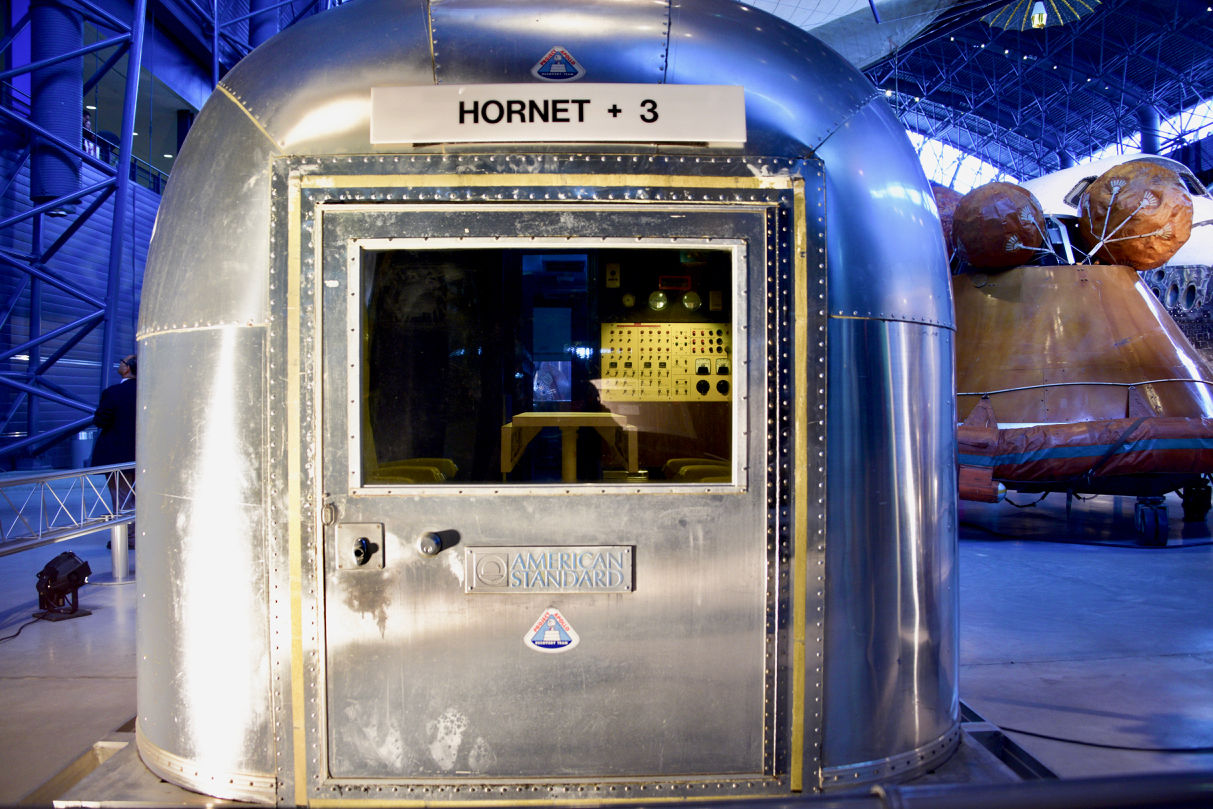


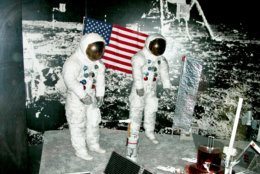
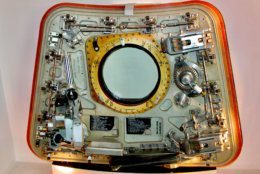
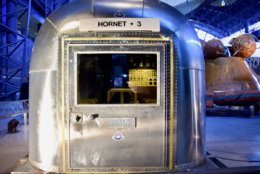

The Apollo 11 astronauts, Columbia and the returned 22 kilograms of moon rocks were transported to the Lunar Receiving Laboratory in Houston, Texas, for the quarantine period. The quarantine was required due to “The Extra-Terrestrial Exposure Law 1969” passed on July 16, 1969 — Apollo 11’s launch date. The law made it “illegal for the public to come in contact with extraterrestrials or their vehicles,” under Title 14, Section 1211 of the Code of Federal Regulations.
Further, section 1211.100 Scope stated, “This part establishes NASA policy, responsibility and authority to guard the Earth against any harmful contamination or adverse changes in its environment resulting from personnel, spacecraft and other property returning to the Earth after landing on or coming within the atmospheric envelope of a celestial body; and security requirements, restrictions and safeguards that are necessary in the interest of national security.”
I found it interesting that the law prohibited contact with “ET” or their vehicles as in the late 1960s, there was an ongoing nationwide UFO flap (lots of UFO sightings) that I remember well.
The crews of Apollo 12 and 14 also underwent quarantine, after which NASA determined there was no threat and terminated the procedure for the remaining Apollo flights. NASA suspended the rule in 1977, and it was formally removed from the Code of Federal Regulations in 1991, according to Wikipedia.
On July 20, 1969, I was glued to the TV watching CBS News coverage of Apollo 11’s landing being done by Walter Cronkite and Apollo 7 Commander Wally Schirra. I took color slides of the coverage that I still have. After Eagle’s landing, I also got out my 6-inch telescope to look at the moon, just as I had done for Apollo 8’s 1968 Christmas Eve lunar orbit mission.
Fifty years later, this July 20 found me visiting Vicksburg National Military Park and its national cemetery. I was returning from a family trip to New Orleans and had tried to visit NASA’s Michoud Assembly Facility and Stennis Space Center as I had done in 2014, but the staff was too busy with Apollo 11 events. These two facilities are where the Space Launch System (SLS) is built and tested. The Michoud Assembly Facility is also where the Orion spacecraft is built. SLS and Orion are the hardware backbone of NASA’s Artemis Program to return astronauts to the moon by 2024.
As I walked among the 17,000 graves — 13,000 of which are unknown — of the Union soldiers buried at Vicksburg, pausing to touch some of the gravestones and give my thanks for their courage and sacrifice, it struck me: It had been just days over 106 years from July 4, 1863, when Vicksburg surrendered, to July 20, 1969, when Neil Armstrong set foot on the moon.
In those 106 years, our country had endured the Civil War, World Wars I and II, Korea, Vietnam, as well as periods of great internal strife that severely challenged our democracy. America persevered at great cost, and emerged to do daring things, such as sending people to the moon.
As WTOP has reported, a new race to the moon is underway, and India successfully launched its Chandrayaan 2 orbiter-lander-rover mission two days ago. China might be next up to the moon this December with Chang’e 5, a lunar sample return mission.
The legacy of Apollo 11 at its 50th anniversary was in full view of the world. The quest to return to the moon and stay this time is currently underway, and will hopefully fulfill the unfinished legacy of the Apollo Program.
There were three canceled missions to the moon that would have been spectacular. Apollos 18, 19 and 20 were extended endurance “J missions” slated to explore amazing sites.
The only scientist to go to the moon — geologist Harrison Schmitt, Apollo 17 Lunar Module pilot — summed up the unfulfilled legacy of Apollo in a Scientific American article published on the 40th anniversary of Apollo 11’s launch.
“We never should have stopped building Saturn 5s and Apollo spacecraft,” Schmitt said then. “Everything that’s happened since, including space stations, could have been done with that technology base. In addition, you would have continued to have the ability to reach out into deep space, a capability that included being able to divert asteroids in case one looked like it might be on a collision course with the Earth. For a brief, shining three or four years, we could do that with the Saturn 5.”
So, what will Apollo 11’s legacy look like in 2069? Will we come to our senses about climate change and finally realize that we need the Earth and not the other way around? Will the first woman have walked on the moon, and will a thriving space-based economy have emerged?
Only time and our collective actions will tell.
But that brief, shining moment, when all of humanity shared Apollo 11’s touchdown in the Sea of Tranquility, shall forever remain as long as humans look up at the moon.
Follow my daily blog to keep up with the latest news in astronomy and space exploration. You can email me at skyguyinva@gmail.com.
See also WTOP’s coverage of the 50th anniversary of Apollo 11:
- In Md., NASA scientists look back — and forward — on 50th anniversary of moon landing
- ‘How did we do this?’: The story of the ‘impossible’ mission to the moon
- Memories of watching Apollo 11: ‘You could hear a pin drop’
- Moon back in NASA’s court 50 years after 1st lunar landing
- Proof we made it to the moon: You can still bounce a laser off it today
- Apollo 11 tribute features stunning projections onto Washington Monument







